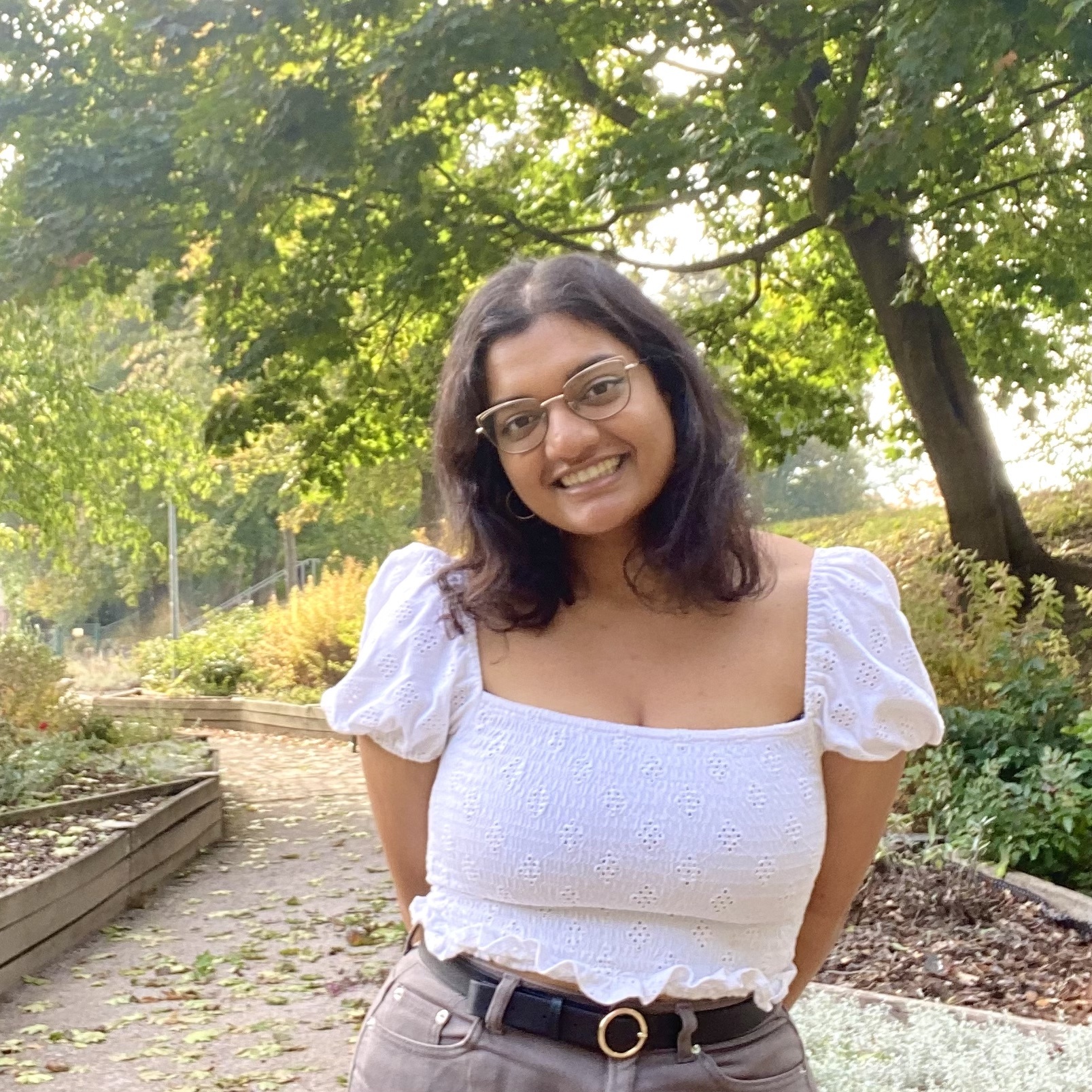In the heart of Amsterdam, a city rich with cultural tapestry, I stumbled upon a hidden gem within the labyrinth of its streets—a concept that would soon captivate my curiosity and lead to an enlightening conversation with a close friend who wished to remain anonymous. Our encounter illuminated the fascinating world of micro-dosing psychedelics, a practice that has been gaining traction in recent years for its potential health benefits.
When asked about his journey to microdosing, he said, “Well, my journey began during my stressful years in medical school. I struggled to keep up with my hectic schedule- with endless hours at clinics, long nights spent studying and still barely scraping through with exams. Anxiety and depression had me feeling like I was constantly juggling and struggling to keep up. Traditional treatments weren’t quite hitting the mark for me, I went on antidepressants and anxiolytics for over a year, just to feel numb and indifferent. I struggled to study and focus while on those drugs. I was truly at a crossroads when I stumbled upon research about psilocybin’s potential benefits.”

Microdosing involves consuming small amounts of psychedelic substances, such as psilocybin from magic mushrooms or mescaline, at levels far below those that induce hallucinogenic effects. Commonly, microdosers ingest around 10% of the regular dose of psilocybin, roughly 100-300 milligrams of dried mushrooms, several times a week. My friend, who had embraced this practice, shed light on the motivations and outcomes of his microdosing journey.
Naturally occurring psychedelic substances like psilocybin have a rich history of therapeutic use spanning thousands of years, yet stringent classifications and restrictions have impeded comprehensive research into their potential benefits. Recent scientific and popular interest, however, has reignited exploration into the potential therapeutic applications of these substances, particularly in alleviating conditions such as depression, anxiety, and substance abuse.
Traditional research often used standard doses of psilocybin, inducing euphoric and hallucinogenic experiences. However, these doses could also lead to challenging or distressing encounters, often referred to as “bad trips.” This predicament paved the way for the emergence of microdosing as a more subtle and manageable approach.
“After researching extensively I found out how to achieve the appropriate doses, chose a safe space, surrounded by friends and I stayed indoors.”, he said in response to how to avoids having a bad trip. “The general advice given to me before my first experience, was to pay attention to my physical and emotional being. I was told to observe how long my trip lasted. They also told me, in order to avoid building a tolerance, to skip a day while microdosing. It’s called the Fadiman protocol, as noted in his book, “The Psychedelic Explorer’s Guide: Safe, Therapeutic, and Sacred Journeys.”
Anecdotal accounts and observational studies suggest that microdosing psychedelics may enhance cognitive function, elevate mood, and alleviate symptoms of anxiety and depression. While these observational studies offer valuable insights, certain challenges hinder extensive research into the benefits of microdosing. For instance, participants in previous studies were sometimes able to identify the effects of psilocybin, potentially introducing bias.
To delve deeper into the potential benefits of microdosing, researchers utilized a naturalistic design, tracking the mental health and mood changes of individuals already engaged in microdosing. The results were striking. Over a one-month period, microdosers demonstrated notable improvements in mood and significant reductions in symptoms of anxiety, depression, and stress compared to non-microdosers.
It’s essential to note that the participants, irrespective of age, gender, or mental health condition, experienced positive effects. Older participants, especially those over 55 years of age, showcased substantial improvements in psychomotor tests when utilizing a combination of psilocybin, lion’s mane, and niacin.
When asked to share his thoughts on the improvements he observed, he said “Over time, I’ve felt a positive shift in my mental well-being. The burden of anxiety has lightened, and my depressive episodes are less intense and less frequent. I am a much better student and doctor, I’m able to focus on my studies as well as clinical work. Life just doesn’t feel as burdensome as it used to. My depression stood in the way of my professional and personal life. Ever since micro dosing, I’ve picked up healthy coping mechanisms for my stress. I feel like I have rediscovered my passion for living. Microdosing has truly been a game-changer, allowing me to regain control of my life and reduce my reliance on traditional medications. I am so excited to see what the future, I used to dread, holds for me!”
In conclusion, the journey into the realm of microdosing psychedelics has uncovered a promising avenue for mental health and well-being. Anecdotal evidence and initial research suggest notable improvements in mood and mental health, offering hope for a brighter future in harnessing the therapeutic potential of these ancient substances. As we stride towards a deeper understanding, let us keep our eyes and hearts open to the possibilities that microdosing may offer for a better tomorrow.



